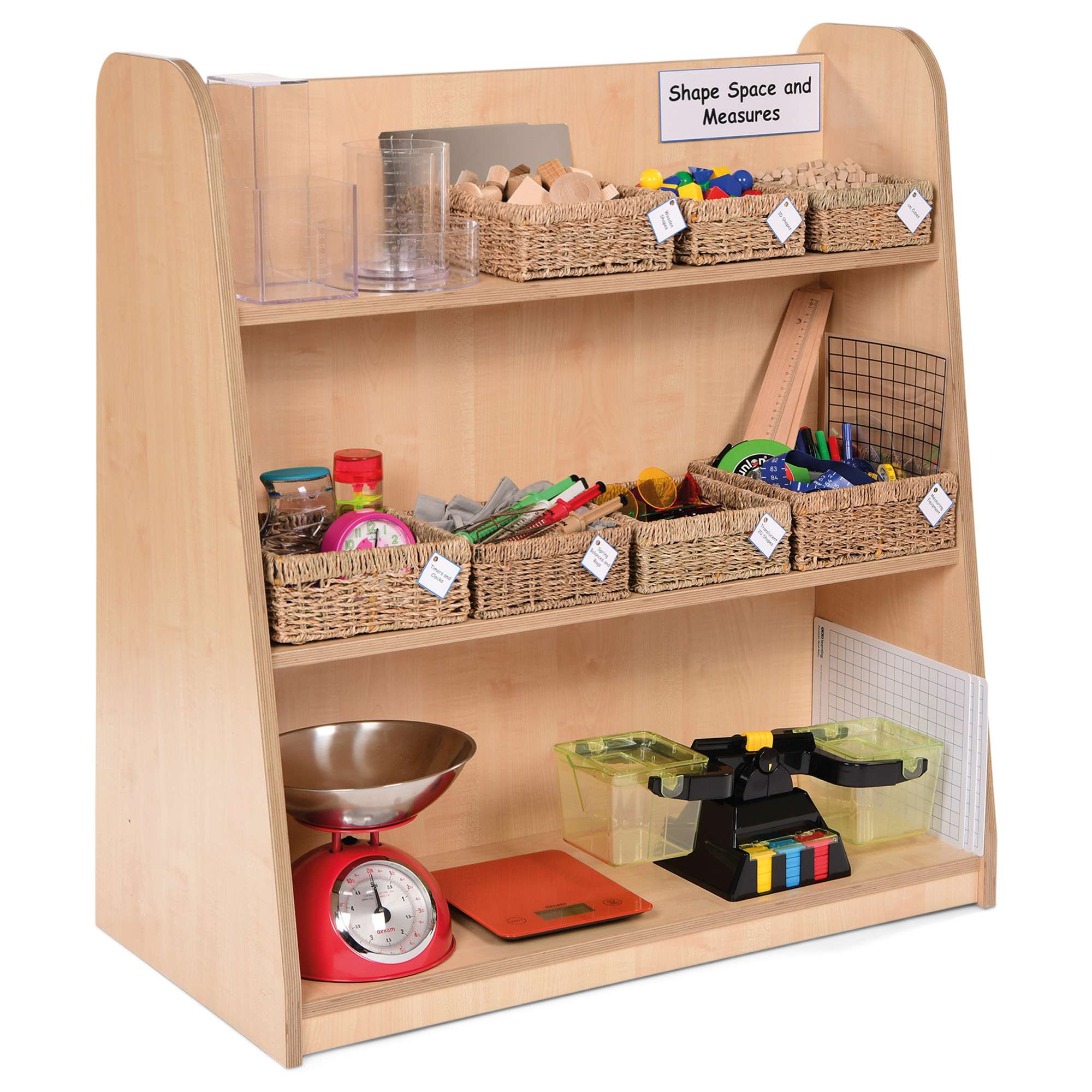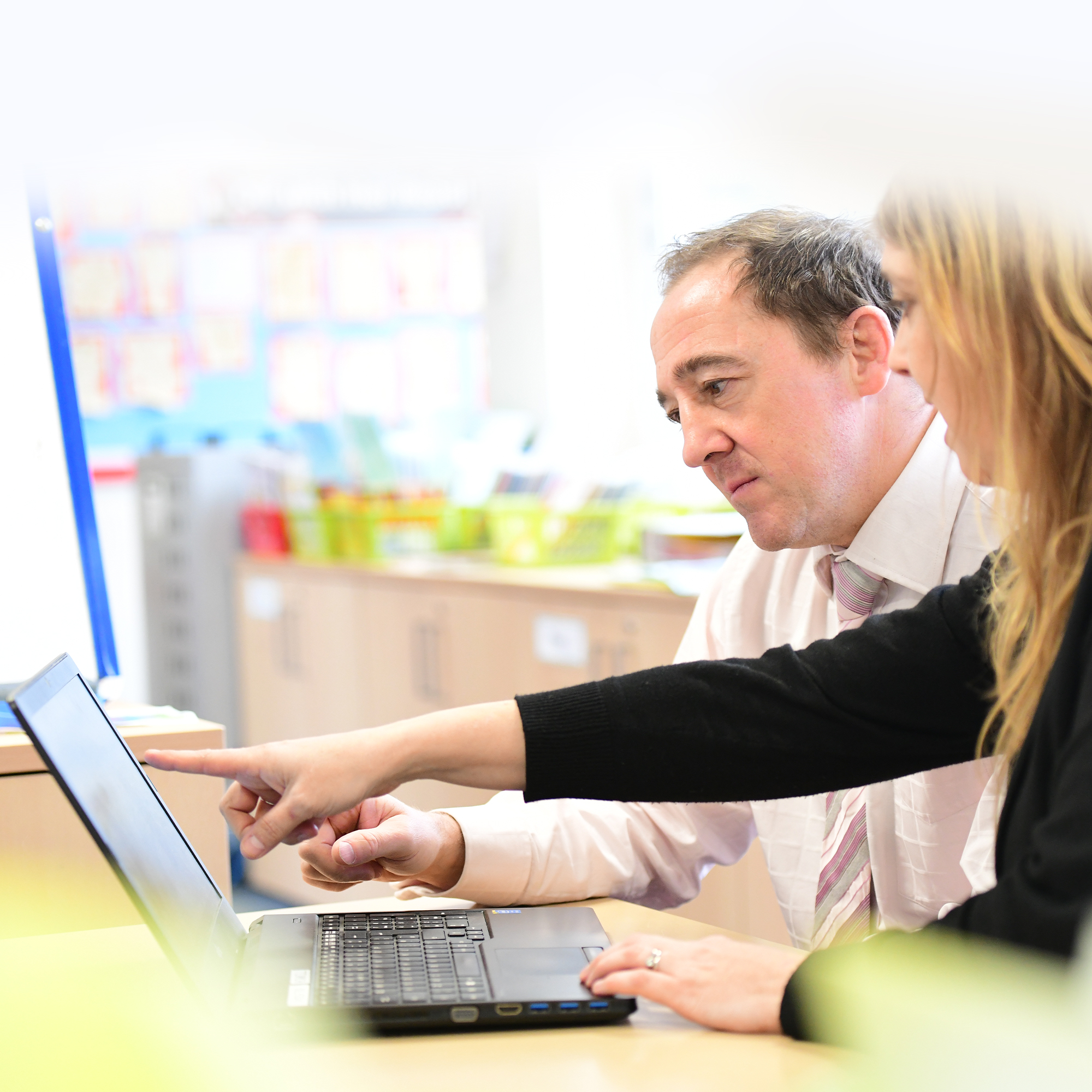In our last maths blog, we shared some practical ways to support children to really understand the principles of counting. Jo Berry, EYFS teacher at Thrussington Primary School in Leicestershire shared examples of ways to support one-to-one correspondence and cardinality of number. In this blog, we share some more practical examples from Thrussington Primary School to help embed those important number skills.
Maths Games: Can You Get Me…?
During group time, the teacher facilitated a game called ‘Can You Get Me…?’ which aimed to develop children’s listening and counting skills. The teacher asked the children to collect a certain number of objects, beginning with a request such as “Can you get me 4 shells?”. Each child then had to go and look around the provision to gather four shells, providing an opportunity to practise their one to one counting skills. They would then return to the group to re-count their shells one by one, saying the total quantity aloud to the group. The teacher tailored the game to both support and challenge individual children. For example, adding in the additional challenge of finding two groups of objects and adding them together – 4 shells and 3 glass stones. So the game can be tailored to challenge children at their own developmental stages – you could even add in other challenges such as a subtraction challenge or a sharing problem!
The children relished the active elements of the game such as the race to find the objects. Young children need these types of active learning experiences to support them to make connections and links. You might want to consider further challenging your children to a race by adding in a timed element using a sand timer, this would also develop their counting fluency and speed.
Roll up, Roll up!
The children enjoyed the ‘Can You Get Me…?’ activity so much that the teacher suggested an extension to further the game by introducing a die. Dice are a fantastic resource for supporting that notion of subitising – the ability to recognise the number of objects in a group without counting them.
Children worked in small groups in this activity using natural loose parts to count. The rules were simple: each child took turns rolling the die and then counted out the corresponding number of objects. They were encouraged to support each other to confirm the correct amount of objects had been counted, which they really enjoyed doing. The tricky part of this game came through the challenge of being tasked with seeing how quickly they could recognise the number of spots on the die. This skill of subitising is a fundamental building block for children’s mathematical skills. Not only is it an important part of the Number Early Learning Goal, but it’s also crucial for simply understanding what numbers mean and how they relate to physical objects. Subitising also develops pattern recognition, which is an essential part of mathematical thinking and problem solving. Without this ability, children may over-rely on counting and struggle with mental arithmetic later on in Key Stage 1. Subitising is an alternative strategy that is more efficient when dealing with smaller numbers, allowing children to see how numbers are made up, so a game with dice such as this is a great way to teach this skill.
What made this game even more exciting for the children was the feel of the different objects. The smooth small shells sparked conversations about where the children had seen shells before and how they could hear the sea. The glass beads, on the other hand, were loved for their transparent nature that allowed them to be looked through. So it’s worth considering the resources you have available in your provision that might encourage and motivate children to engage in maths games.
The children really enjoyed engaging in these maths activities and their keen interest in this continued for many weeks. As their knowledge of counting developed, the children began to investigate their own ways to record their concrete maths learning in the provision. Children were soon creating number sentences using numerals and maths symbols to explain their initial investigations and record their thinking. This is a good way developing children’s representational fluency and introducing them to the concept of abstract thinking, alongside concrete resources. You can see the pure joy in setting and achieving their own challenging goals!
Your practice
There are some great ideas here to support children’s mathematical thinking, particularly focusing in on those challenging aspects of counting and subitising.
- So, have you considered how you could use dice and other resources to reinforce the concept of subitising?
- How could you support children to develop their own maths games to apply their mathematical skills and understanding?
Find out more

Developing a well organised Complete Maths Area is vital for supporting young children’s learning and to ensure it fully supports children’s mathematical thinking. Discover a range of EYFS & KS1 resources on our online shop.

Developing Young Mathematicians – bring your whole team together to review and develop your approach to teaching maths in EYFS & KS1. Explore the learning environment and how to ensure it fully supports children’s mathematical thinking

For tips and ideas on establishing meaningful and quality Maths provision, download a free copy of our audit tools and check out the quality of your maths provision today. EYFS Maths Provision Audit and KS1 Maths Provision Audit





